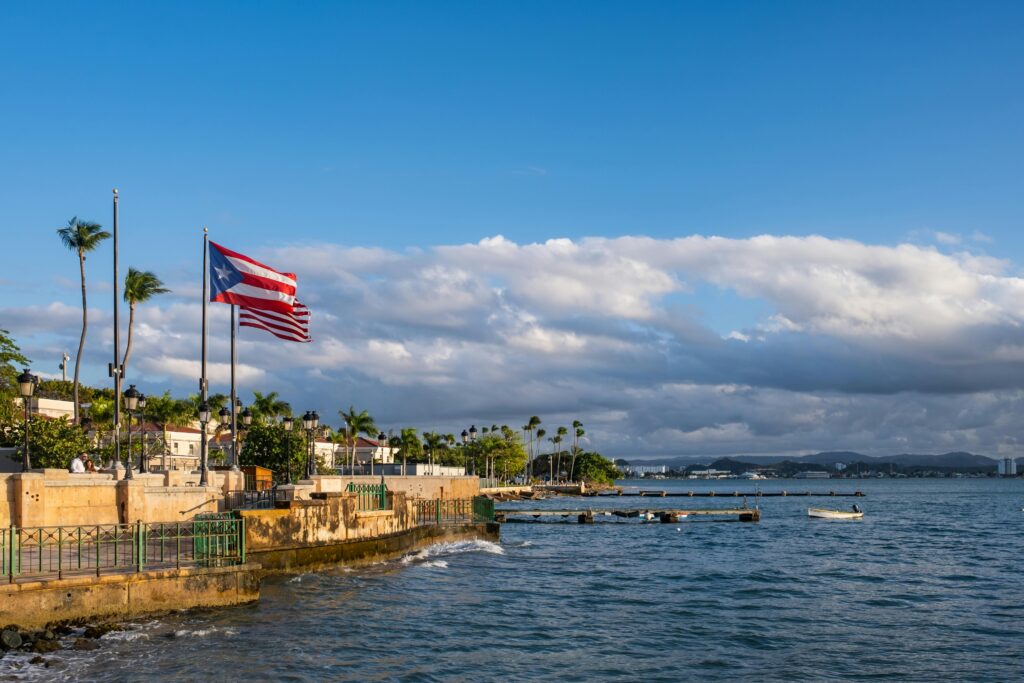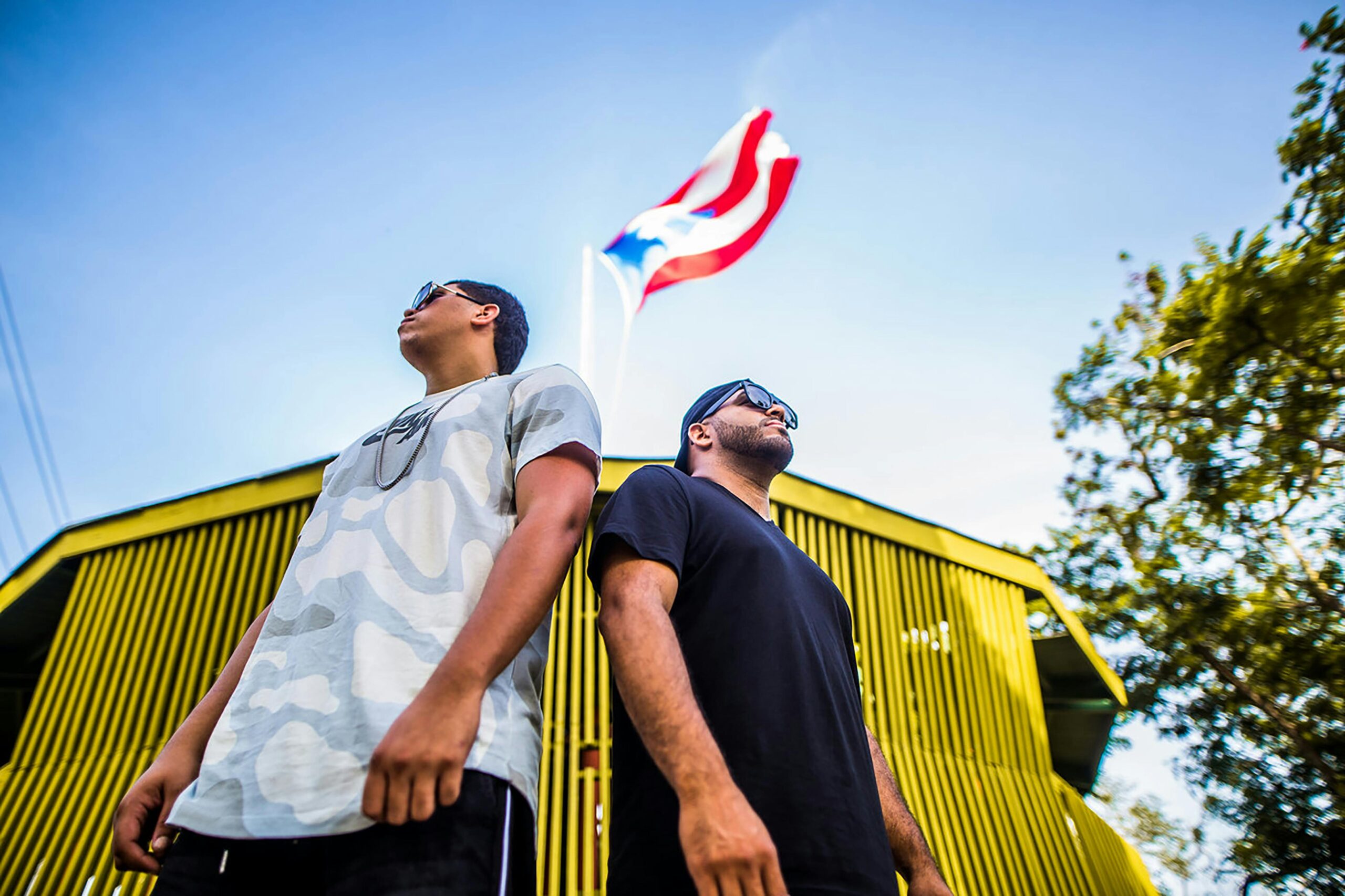
Introduction
The Puerto Rico flag is a symbol of national pride and cultural identity for Puerto Ricans. The Commonwealth of Puerto Rico, a U.S. territory nestled in the northeastern Caribbean, has a rich history reflected in its flags. From the early days of Spanish exploration to its current status, Puerto Rico’s flags tell a story of cultural shifts, struggles for independence, and evolving identity.
Early Flags: Spanish Influence
The first flags in Puerto Rico were carried by Christopher Columbus during his second voyage to the New World in November 1493. These included:
- The Flag of Castile and León: Featuring a crowned lion on a white field (León) and a yellow castle on red (Castile).
- The Catholic Monarchs’ Flag: A white flag with a green cross, flanked by the letters “F” and “Y,” representing Ferdinand II of Aragon and Isabella I of Castile.
Columbus named the island San Juan Bautista, though it would later be known as Puerto Rico by the 1500s.
Colonial Era Flags
- Cross of Burgundy Flag: Used across the Spanish Empire, including Puerto Rico, from the early 1500s until the late 1700s.
- The Naval Flag of Spain (1785): Characterized by a yellow stripe flanked by red, with royal arms at its center, symbolizing the unity of Spain’s oldest kingdoms.
Rebellion and the Lares Flag
In 1868, during the Grito de Lares, Puerto Rican independence leaders introduced a new flag:
- The Lares Flag featured a white Latin cross with blue and red corners and a white star in the upper blue section.
- Though the rebellion was short-lived, this flag became a powerful symbol of Puerto Rican nationalism.
Today, the original Lares flag is preserved at the University of Puerto Rico’s museum in San Juan.

Transition to the Puerto Rico Flag
In 1892, the Puerto Rican Revolutionary Committee in New York unveiled a new flag inspired by Cuba’s. The Puerto Rican flag featured:
- A blue triangle with a single white star.
- Five alternating red and white stripes.
Originally tied to revolution and independence, the colors came to represent liberty, equality, and fraternity.
From U.S. Annexation to the Present
After the Spanish-American War in 1898, Puerto Rico became a U.S. territory.
- The use of the Puerto Rico flag was banned between 1898 and 1952, replaced by the U.S. flag.
- In 1952, Puerto Rico officially adopted its flag.
Initially, the blue triangle matched the U.S. flag’s navy blue. In 1995, it was changed to a lighter shade, though variations are still seen today.
Symbolism of the Puerto Rico Flag
- White Star: Represents Puerto Rico.
- Blue Triangle: Signifies the government’s three branches—executive, legislative, and judicial.
- Red Stripes: Symbolize the blood shed by Puerto Ricans.
- White Stripes: Represent liberty, peace, and victory.

Looking Ahead: Statehood and the Flag’s Future
Puerto Rico, with its population of nearly 3.5 million, has repeatedly debated its political status. If it achieves statehood, it will add a 51st star to the U.S. flag, marking the first change since Hawaii joined in 1959.
The flag is a powerful emblem for Puerto Ricans, both on the island and in the diaspora. It is widely used in cultural celebrations, protests, and daily life, symbolizing unity, pride, and resistance.
The Puerto Rican flag remains a cherished emblem, symbolizing resilience, history, and the island’s aspirations.
